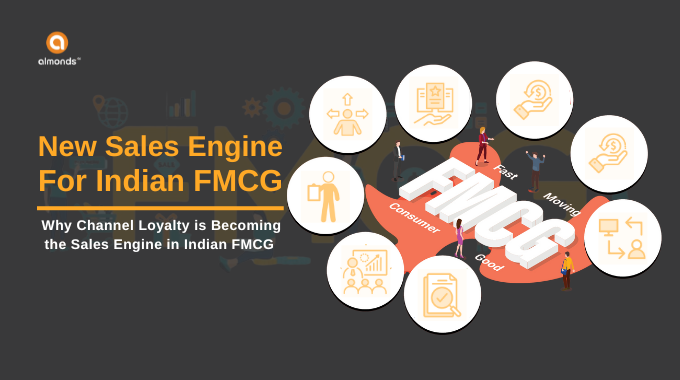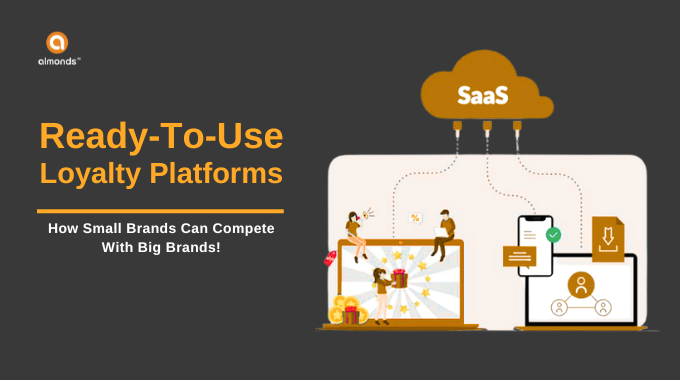In a world grappling with climate issues and environmental concerns, the public transport industry plays a pivotal role in reducing carbon footprints and easing traffic congestion. However, they face the challenge of encouraging individuals to shift from personal vehicles. To attract the public, there is one possible effective strategy, and that is the implementation of loyalty programs.
In this blog, we’ll explore how public transport can leverage loyalty programs to increase daily traffic and reduce carbon footprints.
Understanding the Challenge: Traffic and Carbon Emissions
Before diving into the potential of loyalty programs, it’s essential to comprehend the magnitude of the challenges faced by the transportation sector. Urban areas worldwide are witnessing exponential population growth, leading to increased traffic congestion and elevated carbon emissions. According to the World Health Organization (WHO), air pollution causes over 4.2 million premature deaths annually (where India contributed 0.62 million), and transportation is the major cause of that.
The public transport sectors hold immense potential to address these challenges, but they need innovative strategies to attract more riders.
The Game-Changer Loyalty Programs
Loyalty programs are not a new concept. They have been widely used by airlines, hotels, and retail stores to retain customers and incentivize repeat business. However, their application in the transportation sector, especially public transport, is a relatively untapped territory.
Here’s how loyalty programs can play a pivotal role:
1. Incentivizing Sustainable Choices
These programs can encourage individuals to choose eco-friendly transportation options. For instance, travelers can be rewarded for choosing commuters through electric buses or trains or cycling to stations. Rewards could include discounts on future rides, free passes, or even carbon offset credits.
2. Enhancing User Experience
A well-designed and well-integrated program can significantly enhance the overall user experience. Riders are more likely to use public transport if they feel appreciated and valued. Personalized offers and priority boarding for selected travel routes can all contribute to an improved experience
3. Reducing Operating Costs
These programs can also help transport agencies reduce their operating costs. By analyzing the data collected through these programs, agencies can optimize routes, schedules, and staffing, leading to reduced energy consumption and lower operational expenses.
4. Promoting Off-Peak Travel
Traffic congestion is often at its worst during rush hours. By incentivizing off-peak travel through loyalty programs, transport agencies can distribute the load more evenly throughout the day. It can help reduce the need for additional infrastructure and energy consumption during peak hours.
5. Gathering Valuable Data
These programs allow for the collection of valuable data about commuter behavior, preferences, and travel patterns. This data can be used to tailor services, improve infrastructure, and develop targeted marketing campaigns.
6. Fostering Community Engagement
Transportation loyalty programs can foster a sense of community and shared purpose among commuters. When individuals know, they are contributing to a greener environment and less traffic congestion, they are more likely to remain committed to using public transportation.
Implementing Loyalty Programs in Public Transport
Now that we understand the potential benefits let’s delve into how public transport can implement effective loyalty programs:
1. Collaboration with Partners
Transport agencies can partner with local businesses, environmental organizations, and educational institutions to offer a wider range of rewards. Discounts at eco-friendly restaurants, free tickets to environmental workshops, or access to sustainable commuting resources can be appealing incentives.
2. Digital Integration
Loyalty programs should be easily accessible through mobile apps and websites, allowing commuters to track their progress and redeem rewards seamlessly. Gamification elements, such as badges and leaderboards, can also make the experience more engaging.
3. Tiered Rewards
Introduce tiered reward structures based on the level of commitment and eco-friendliness of commuting choices. For example, a basic tier could offer discounts, while a premium tier could include access to exclusive events and services.
4. Sustainability Metrics
Loyalty programs should transparently communicate the environmental impact of commuting choices. Commuters can see how many carbon emissions they have saved, reinforcing the connection between their actions and sustainability.
5. Marketing and Promotion to Increase Awareness
A successful loyalty program requires effective marketing and promotion. Transport agencies should invest in campaigns that highlight the benefits of loyalty programs, emphasizing the positive environmental impact and cost savings.
The “Green Commuter Club”
Till now, you have read about all the potential of public transportation in achieving sustainability. Now, let’s talk about a loyalty program and its potential.
(All the data mentioned in this program is based on predictions compiled with existing data.)
Suppose the government has created a single unique card for travelers. This card will be used in every public transport system to pay for travel. For that, the government has to create an application to recharge the card, gain points, and redemption options. Along with it, the app will calculate the travel distances by the traveler and inform them how much they contributed to carbon footprint reduction.
Name: Green Commuter Club
Objectives
- Encourage sustainable commuting choices
- Reduce carbon emissions.
- Improve the user experience for commuters.
Program Features
Objectives
- Encourage sustainable commuting choices
- Reduce carbon emissions.
- Improve the user experience for commuters.
Program Features
Points earned for using electric buses, trains, or cycling/walking to stations.
- Tiered rewards: Green, Greener, Greenest.
- Rewards include discounts on rides, access to eco-friendly events, and carbon offset credits.
- Mobile app for tracking progress, earning badges, and redeeming rewards.
- Quarterly sustainability reports showcasing the collective impact.
Possible Results:
- Within the first year, it can reduce carbon emissions.
- Public transport ridership can be increased by 10%.
Loyalty programs have the potential to revolutionize the public transport industry by incentivizing sustainable choices, enhancing user experiences, reducing costs, and promoting community engagement. As cities strive to reduce traffic congestion and combat climate change, loyalty programs offer a win-win solution for both transportation agencies and commuters.
The Green Commuter Club case study demonstrates how a well-designed loyalty program can drive sustainability and positively impact the environment. With the right strategies and partnerships in place, public transport can pave the way for greener, more efficient urban mobility systems, reducing carbon footprints one commuter at a time.







